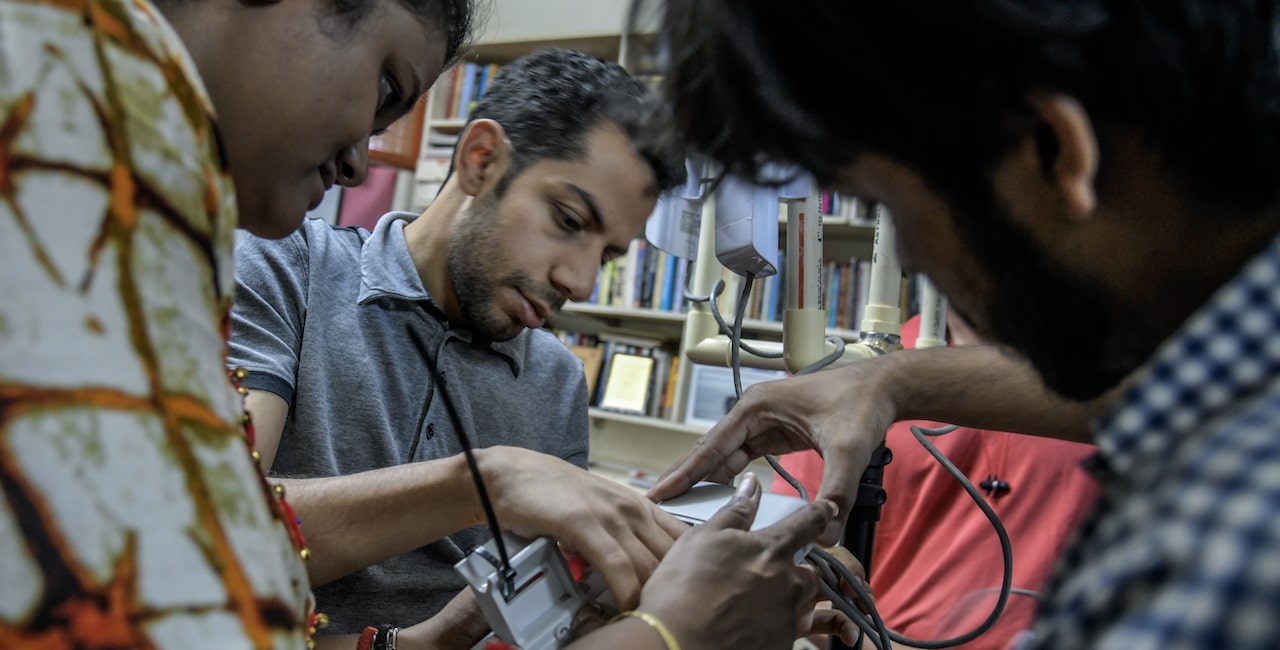Fundamentally, the Internet model is that independent networks connect to one another and, all together, provide the global Internet.
The independent networks may be enterprises with business services and employees connected to them, they may be cloud service providers or residential Internet service providers. They are independent in the way that they choose their business models, build and manage their networks, and compete with their neighbors; they offer, however, global connectivity by adhering (voluntarily) to a set of open Internet standards that enable interoperability. To connect on the Internet is inherently to do so voluntarily via open protocols. A different architecture might use different choices, but these are the ones the Internet uses.
All these independent networks interoperate and form an Internet by participating in a global routing system, subject only to technical standards and agreements with neighbors (the technical terms here are peering and transit). The magic of the Internet is that in order to communicate between a mobile phone connected to a broadband provider in the Netherlands and a server in a data center in Kenya, the two networks at either end of the connection do not need a relationship with each other. The magic of the Internet is that you only need to connect to one other network that is already connected to the Internet to become part of the global Internet. This way, the Internet rapidly grows and becomes more valuable to all participating networks.
There is no center to the Internet, nor is there a central authority forcing the independent networks to behave in certain ways. The Internet works because the independent networks choose to internetwork by adhering to interoperable specifications and shared convention, and they choose to do that because the value of the sum is much greater than the sum of the parts.
I realize that this description is somewhat distant from what most people experience as the Internet. Most people relate to the Internet through how it has impacted their lives, both positively and, there is no denying, negatively too. Our role is to engage in the discussions about the impacts of the use of the Internet on society and make sure that when society is grappling with those issues that the properties that make the Internet are understood and maintained. We need to find Internet-compatible ways to address the issues that emerge.
Over time we intend to refine clearer expressions of the Internet model to help build that necessary understanding. We also intend to bring data to bolster the analysis and support arguments about the value of the Internet model.
Image: Community Networks Champions at the Digital Empowerment Foundation training center in Delhi, India ©Atul Loke/Panos Picture for the Internet Society

